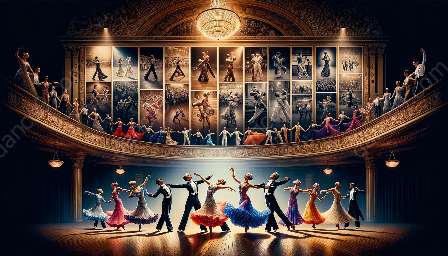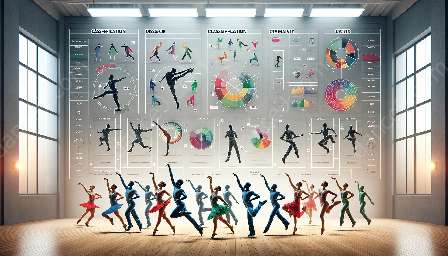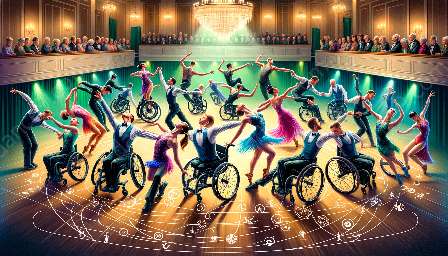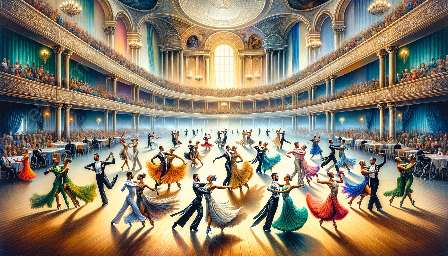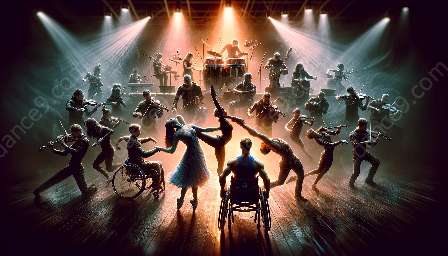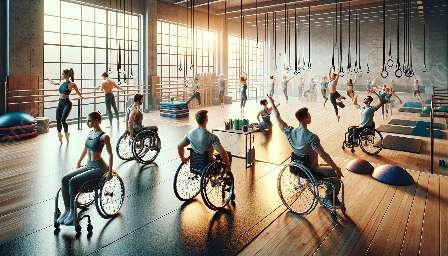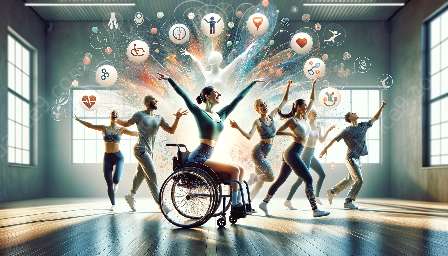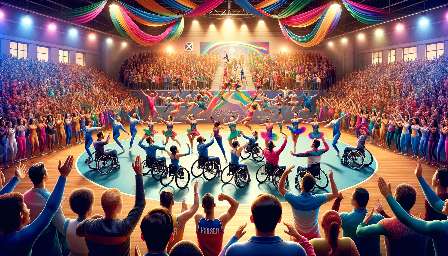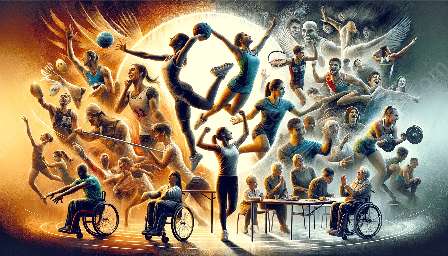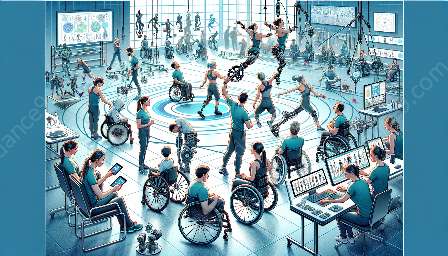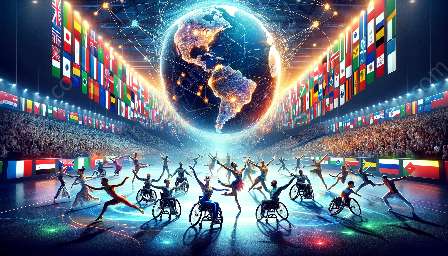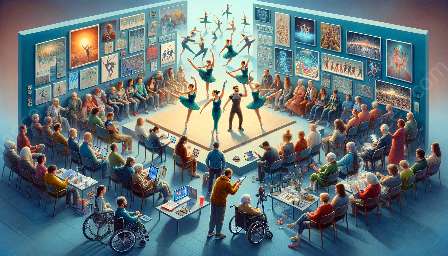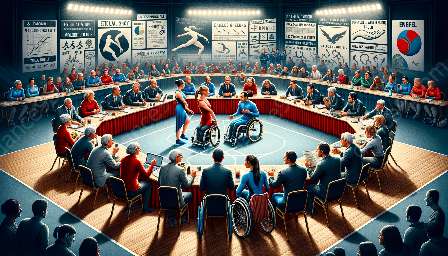Para dance sport is a competitive sport for athletes with impairments that affects their lower limbs, but just like any other sport, proper nutrition is crucial for their training and performance. Understanding the specific nutritional requirements for para dancers in dance sport is essential for their overall well-being and to maximize their athletic potential.
Training and Conditioning for Para Dance Sport
For para dancers, training and conditioning play a vital role in improving their strength, coordination, and flexibility. Proper nutrition is an integral part of their training program, ensuring they have the energy and nutrients necessary to support their workouts and optimize their performance. Here are some key nutritional requirements specific to para dancers in dance sport:
Hydration
Hydration is paramount for para dancers, as they engage in intense physical activity. Proper hydration supports their overall performance and helps prevent fatigue and cramping during training and competitions. It's essential for para dancers to maintain a balance between water and electrolytes to stay adequately hydrated.
Energy Balance
Para dancers require an adequate intake of calories to support their energy needs. Balancing their energy intake with their training regimen is crucial to ensure they have the necessary fuel to perform and recover effectively. It's important to focus on nutrient-dense foods to meet their energy requirements while also obtaining essential vitamins and minerals.
Protein Intake
Protein is essential for muscle repair and growth, making it a crucial component of a para dancer's diet. Adequate protein intake can help support their training and reduce the risk of injury. Including lean sources of protein such as poultry, fish, tofu, and legumes can help para dancers meet their daily protein needs.
Macronutrient Distribution
Understanding the appropriate distribution of macronutrients—carbohydrates, proteins, and fats—is vital for para dancers. Carbohydrates are essential for providing energy, while proteins aid in muscle repair, and healthy fats support overall health and energy production. Balancing these macronutrients can optimize performance and recovery.
World Para Dance Sport Championships
The world para dance sport championships are highly competitive events that showcase the talent and dedication of para dancers from around the world. Proper nutrition is critical for athletes preparing for these championships, as it can impact their endurance, strength, and mental focus during the intense competition. To excel at the world para dance sport championships, para dancers must pay close attention to their nutritional intake and ensure they are meeting their specific requirements.
Micronutrient Intake
Para dancers need to focus on obtaining essential vitamins and minerals to support their overall health and well-being. Micronutrients such as iron, calcium, vitamin D, and B vitamins are particularly important for para dancers, as they play a role in bone health, energy production, and muscle function. Consuming a variety of fruits, vegetables, whole grains, and dairy products can help para dancers meet their micronutrient needs.
Pre-Competition Nutrition
Leading up to the world para dance sport championships, para dancers should pay special attention to their pre-competition nutrition. Ensuring they have a well-balanced meal plan that includes complex carbohydrates, lean proteins, and healthy fats can provide sustained energy and aid in recovery. Additionally, proper hydration and electrolyte balance are essential to optimize performance during the championships.
Recovery Nutrition
Post-competition recovery is a critical period for para dancers, as it allows their bodies to rest, repair, and refuel. Consuming adequate carbohydrates and proteins after a competition can help replenish glycogen stores and support muscle recovery. Including anti-inflammatory foods such as fruits, vegetables, and omega-3 fatty acids can also aid in reducing inflammation and promoting healing.
Conclusion
Nutrition plays a significant role in the overall performance and well-being of para dancers in dance sport. By understanding and addressing the specific nutritional requirements for para dancers, they can enhance their training and conditioning, ultimately leading to success at the world para dance sport championships. Proper hydration, energy balance, macronutrient distribution, and micronutrient intake are all essential components that contribute to the competitive edge of para dancers in the world of dance sport.

